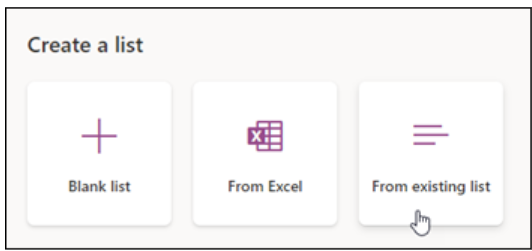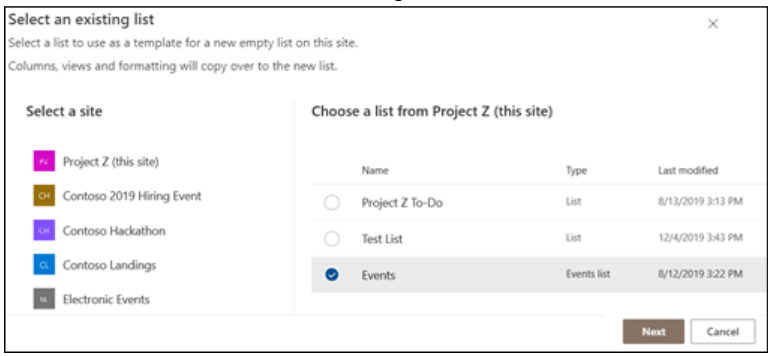"Give me six hours to chop down a tree and I will spend the first four sharpening the axe."
This quote highlights that time spent preparing is never wasted. Can this quote be applied to how and if testing should occur for your workflows?
Of course, in this article we will explain the following:
-
Why is it important to have a SharePoint Development/UAT environment?
-
How do you set it up?
-
What needs to be in the site?
-
Is a second Nintex Workflow Cloud tenant required?
The Importance of creating a SharePoint Development/UAT environment
A further in-depth discussion on this matter is discussed in the following article, however for the purpose of this article, we will explain why it is necessary to create a SharePoint Development/UAT environment.
-
Prevents Disruptions to the Live Environment
-
Facilitates Thorough Testing
-
Enables User Acceptance Testing
-
Streamlines Development and Deployment
-
Reduces Risks and Costs
In summary, a SharePoint Development/UAT environment is essential for building, testing, and deploying your workflow solutions effectively. It provides a safe space for development, enables thorough testing, facilitates user acceptance, and ultimately leads to a more stable, reliable, and user-friendly platform for your Nintex Workflow solutions.
Setup
Creating a secondary SharePoint test site that mirrors your production environment requires careful planning and execution.
Here's a breakdown of the steps involved, keeping in mind that the specific methods might vary slightly depending on your SharePoint version (On-Premises, SharePoint Online, or hybrid) and your available tools:
Planning and Documentation:
-
Inventory: Document everything in your production environment: site collections, subsites, lists, libraries, content types, workflows, permissions, customizations (web parts, solutions, etc.), and any third-party integrations. This is your blueprint.
-
Scope: Decide what exactly you need to copy. A full copy is more complex but provides the most realistic testing scenario. If you're testing specific features, you might only need a subset of the data. We recommend copying the structure or skeleton for the purpose of testing your Nintex Workflow solutions. The Production and SharePoint Development/UAT sites will need to match so that effective configuration and testing can be done with Nintex Workflow.
-
Security Considerations: Plan for security in the test environment. While it should mirror production, you might need to adjust some settings (e.g., authentication, permissions) to prevent accidental access to production systems.
Environment Setup
Create Web Applications and Site Collections: Create the web applications and site collections in the test environment, mirroring the structure and settings of the production environment.
Creating a SharePoint site can be completed in various ways, for example:
-
Using page templates
-
Using third-party tools, such as ShareGate.
-
Using a site template
If you want to create specific Lists or Libraries in your new Development site you can follow this article.
-
From the Lists app in Microsoft 365, select +New list or from your site's home page, select + New > List.
-
On the Create a list page, select From existing list.

-
Select the site that has the existing list, select the list and then Next.

Once your SharePoint Test / Development site mirrors your Production site, you can add the Nintex Workflow app by following the steps outlined here.
What is required in the site?
No data or content is required inside the site, the site will only be used to make sure that the Nintex Workflow solutions can be effectively configured and tested.
The Testing and Validation can follow this process:
-
Functional Testing: Test all functionalities within your workflows, to ensure they work correctly in the test environment.
-
Performance Testing: Conduct performance testing to assess how the test environment performs under load.
-
User Acceptance Testing (UAT): Allow users to test the environment according to your business scenarios and provide feedback.
Nintex Workflow Cloud tenant – is one enough?
It all depends on what your business requires. For example, one tenant can be used as follows:
-
You've created your new workflow and are ready to test it on your SharePoint development/test site.
-
After successful testing, before publishing to Production the variables within the workflow can be updated to reflect the SharePoint Production site.
If you have two tenants, you will simply export the Workflow by following this link. Once it has been imported into your Production Nintex Workflow tenant, you can update the SharePoint variables to point to your SharePoint Production site.
For more information on publishing your workflows to Production, please review this article.



